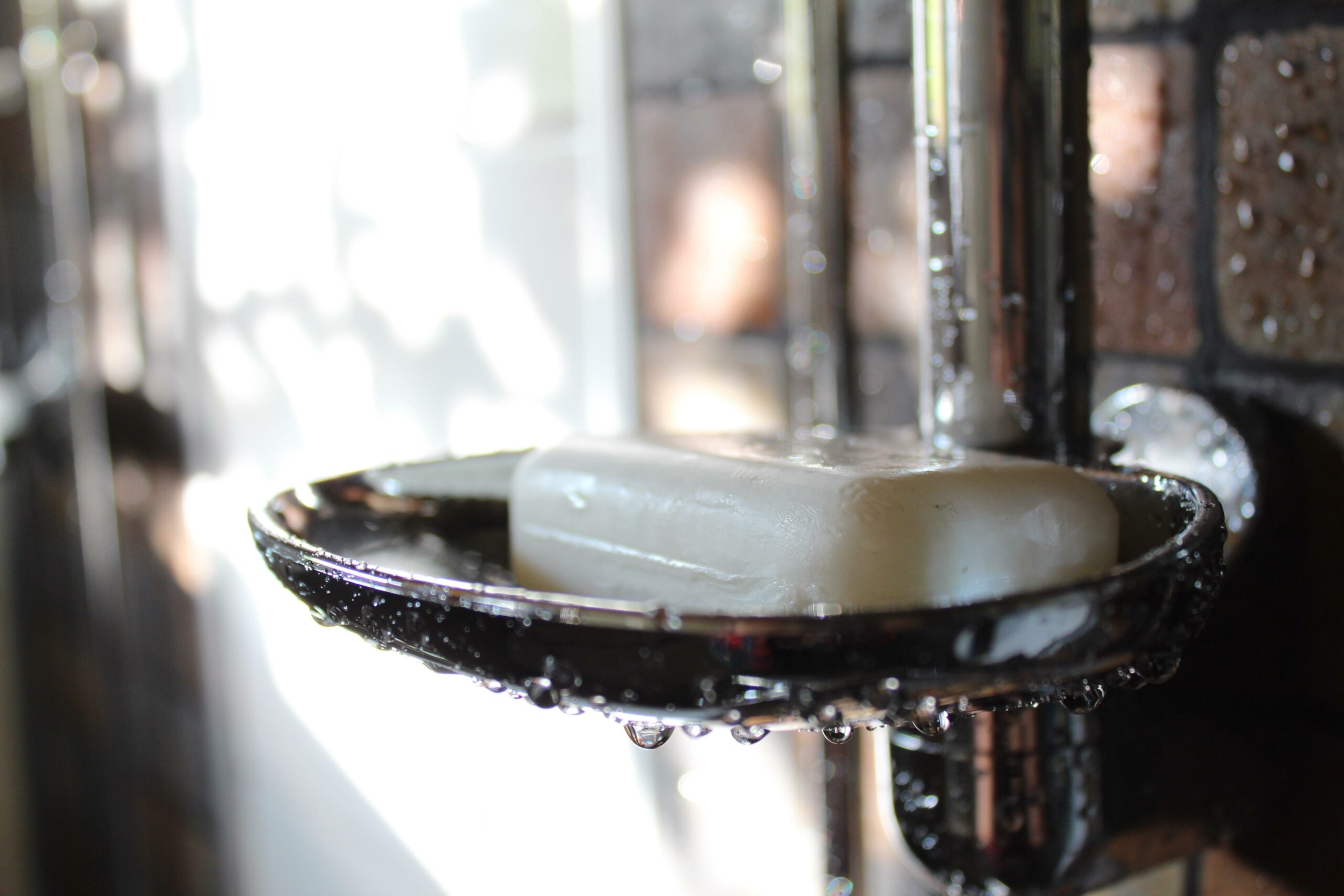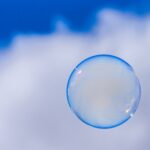Are you ready to embark on a journey into the fascinating world of soap? Brace yourself for a captivating exploration of one of the most essential daily products in our lives. In this article, we will dive deep into the molecular structure of soap, uncover the chemistry behind its cleansing properties, and unveil its intriguing historical significance. As a seasoned science writer with a background in chemistry, I am dedicated to unraveling the secrets and presenting them to you in a captivating manner. Prepare to be amazed by the interesting scientific information about soap that awaits!

Interesting Scientific Information About Soap
Soap: a humble household item that we use every day without giving much thought to its fascinating science. But what if I told you that behind its simple appearance lies a complex world of molecules, chemistry, and cleansing power? In this article, we will dive into the molecular structure of soap, explore the chemistry that makes it work, and uncover its historical significance. Get ready to unveil the secrets and discover the captivating science behind soap!
The Molecular Structure of Soap
To understand the science of soap, we must first examine its molecular structure. Soap is a type of surfactant, which means it has both hydrophilic (water-attracting) and hydrophobic (oil-attracting) properties. This unique characteristic allows soap to remove dirt and oil from our skin or objects.
Soap molecules consist of a long hydrocarbon chain (hydrophobic “tail”) and a charged functional group (hydrophilic “head”). The hydrophobic tail is typically derived from fatty acids, such as stearic acid or oleic acid, while the hydrophilic head is usually a combination of sodium, potassium, or ammonium ions.
When soap is added to water, the hydrophilic heads dissolve in the water, while the hydrophobic tails remain suspended in the liquid. This forms tiny structures called micelles, where the hydrophilic heads face outward and the hydrophobic tails cluster together in the center. It is this arrangement that enables soap to trap and remove dirt and oil from surfaces, allowing them to be easily rinsed away.
Key point: Soap’s molecular structure, with its hydrophobic tails and hydrophilic heads, forms micelles that effectively remove dirt and oil from surfaces.
The Chemistry Behind Soap’s Cleansing Properties
Soap’s cleansing properties can be attributed to several chemical processes. One of the most crucial is emulsification, where the soap molecules surround and disperse oil and dirt particles. This happens because the hydrophilic heads of the soap molecules are attracted to water molecules, while the hydrophobic tails are attracted to oil and dirt particles.
Once the soap molecules surround the oil or dirt particle, the hydrophobic tails separate it from the surface it is sticking to. This creates small droplets called micelles, as mentioned earlier. These micelles are then washed away by water, taking the trapped dirt and oil particles with them.
Key point: Soap’s emulsification process involves the hydrophilic heads attracting water and the hydrophobic tails attracting oil and dirt particles, resulting in the formation of micelles that can be rinsed away.
The Historical Significance of Soap
Soap has a rich and intriguing history that dates back thousands of years. The ancient Babylonians were among the first to create a soap-like substance, using fats mixed with ashes to make a cleaning agent. The Egyptians, Greeks, and Romans also made soap using various ingredients such as animal fats and plant oils.
Interestingly, soap was not initially used for personal hygiene purposes. Instead, it was primarily used for cleaning textiles or as a material for medicine, cosmetics, and even sacred rituals. It wasn’t until the Middle Ages that soap gained popularity as a personal cleaning product.
Key point: Soap has a long history, initially serving purposes beyond personal hygiene, and gained popularity as a cleaning agent during the Middle Ages.
In conclusion, soap may seem like a simple everyday item, but it harbors a captivating world of science. By understanding its molecular structure, the chemistry behind its cleansing properties, and its historical significance, we gain a deeper appreciation for this essential product. So the next time you reach for a bar of soap or dispense liquid soap from a bottle, take a moment to think about the fascinating science happening right in your hands.
Remember, in the world of soap, science surrounds us, cleanses us, and connects us to centuries of human ingenuity.
Key point: The science of soap is a fascinating combination of molecular structures, chemical processes, and historical significance that connects us to our past and the world around us.
Scientific Facts About Soap
Soap is an essential part of our daily lives, but do you know the fascinating scientific facts behind it? From its chemical composition to its ability to cleanse and kill germs, soap has a lot more to offer than just its delightful fragrances. If you’re curious to learn more about the wonders of soap, click here to discover some scientific facts about soap.
FAQ
Question 1: What is the molecular structure of soap?
Answer 1: Soap is composed of molecules known as long-chain fatty acids. These molecules consist of a hydrophilic (water-loving) head and a hydrophobic (water-repelling) tail. The hydrophilic head contains a carboxylate group, which is attracted to water, while the hydrophobic tail is made up of a long chain of hydrocarbon atoms, which repel water.
Question 2: How does soap cleanse?
Answer 2: Soap acts as a cleanser by disrupting the surface tension of water. When soap is mixed with water, the hydrophilic heads of the soap molecules surround water molecules, while the hydrophobic tails are repelled by water. This results in the formation of tiny structures called micelles, which trap dirt, oil, and bacteria within them. When the soapy water is rinsed away, the micelles are washed off, carrying away the trapped impurities.
Question 3: What is the chemistry behind soap’s cleansing properties?
Answer 3: The cleansing properties of soap are attributed to its ability to emulsify and disperse oil and dirt. The hydrophobic tails of soap molecules attach to the oil and dirt particles, while the hydrophilic heads remain in contact with water. This dual nature of soap allows it to form micelles, effectively solubilizing and removing oil-based substances from surfaces.
Question 4: Can soap remove all types of bacteria?
Answer 4: Soap is effective at removing many types of bacteria from surfaces. It works by breaking down the outer membranes of bacteria, rendering them unable to survive. However, it is important to note that soap is not a sterilizing agent and may not eliminate all types of bacteria or viruses. For specific concerns, additional sanitizing measures may be necessary.
Question 5: What is the historical significance of soap?
Answer 5: Soap has a rich historical significance dating back thousands of years. It is believed that the Babylonians were the first to discover soap-making around 2800 BCE. Ancient civilizations such as the Egyptians, Greeks, and Romans further developed soap-making techniques. In the Middle Ages, soap production became an important industry in Europe. Today, soap continues to be an essential part of personal hygiene and cleanliness in societies worldwide.
















